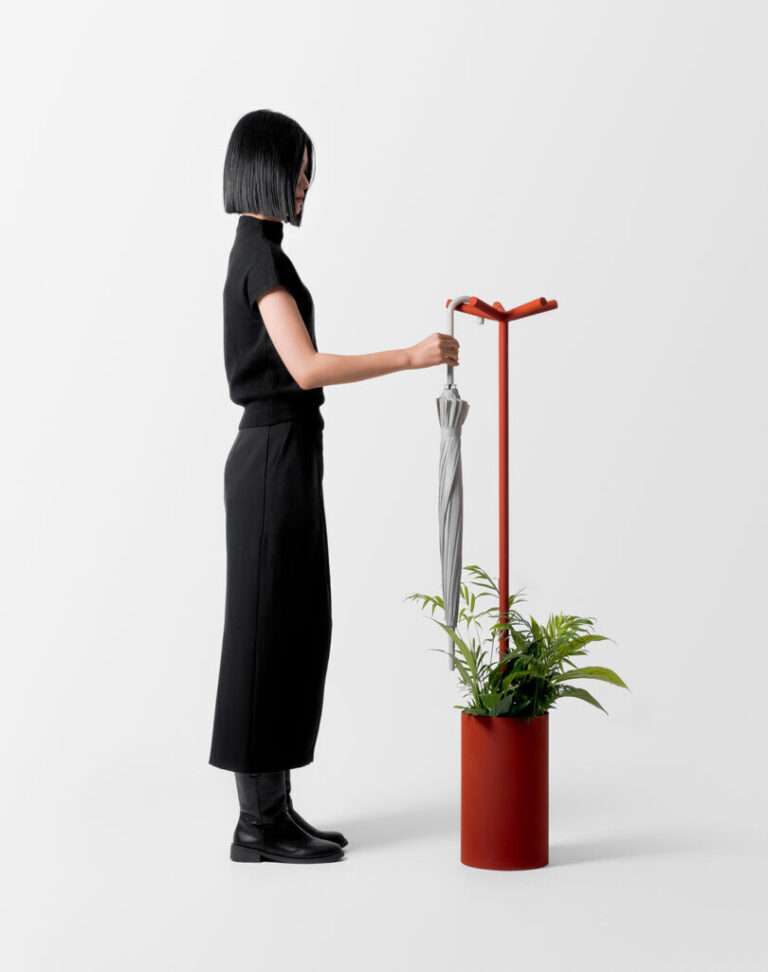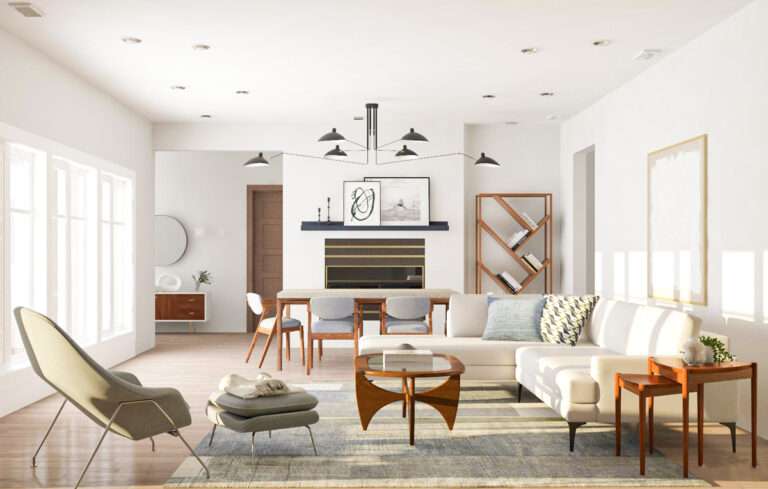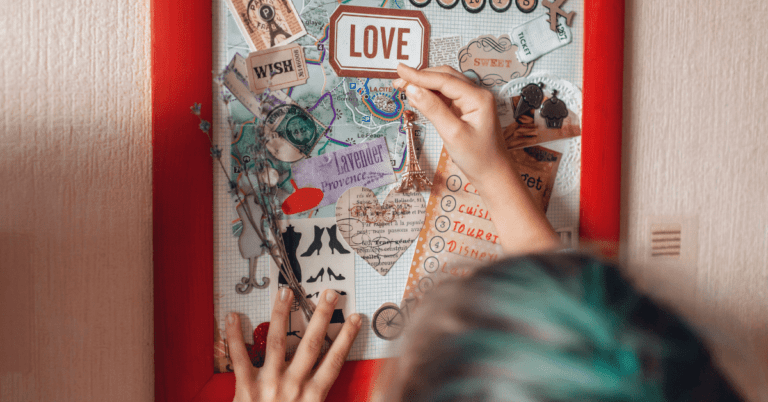In this week’s Milkshake, we talk to the French-born, U.S.-raised designer about mastering his materials, and his creative ambitions. Djivan Schapira’s latest collection, titled Solar Sailor, seems to be plucked from a utopian future, idyllically Space Age, luxurious and grand. Schapira describes this body of work, now on view at the Todd Merrill Studio in TriBeCa, as “a love letter to the space race era of design [remixing] the production art of Tron, Daft Punk’s visionary costumes, [and] the Bauhaus revival of the 1970s.” The workshop from where these designs are launched is located in Union City, New Jersey, just across the Hudson River. “It’s similar to what designers in the automotive industry were doing during the ’60s. You’ll find a lot of soft curves, a lot of vibrant colors, and combinations of materials that together create this sleek and sexy body of work.”
Schapira was six when he came to the U.S. from France, and he studied architecture at the Parsons School of Design. Now, he works primarily with resin, color, and light. “Resin is very temperamental – you need to be in complete control of your work environment to yield the best results,” he says. “When we’re working with resin, there’s always a final coat, and that final coat always needs to be pristine. You need to be sure that your environment is, first of all, adequately temperatured, and where the moisture levels are just right, but also clean in the sense that there’s not floating particles that could then land in your piece. When you’re working on a large-scale piece, that can be tricky – one of the more challenging things is just making sure you don’t have to re-pour a piece because a fly flew into it or something.”
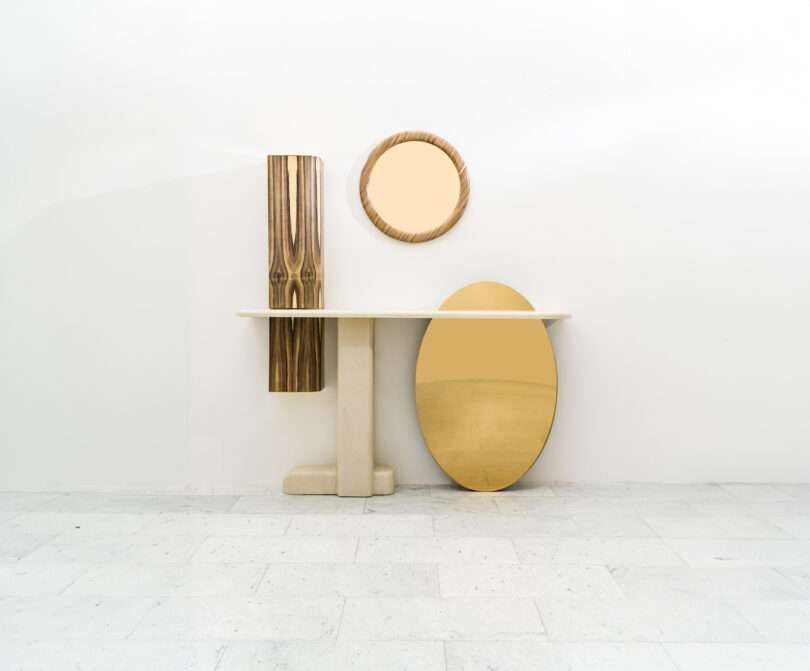
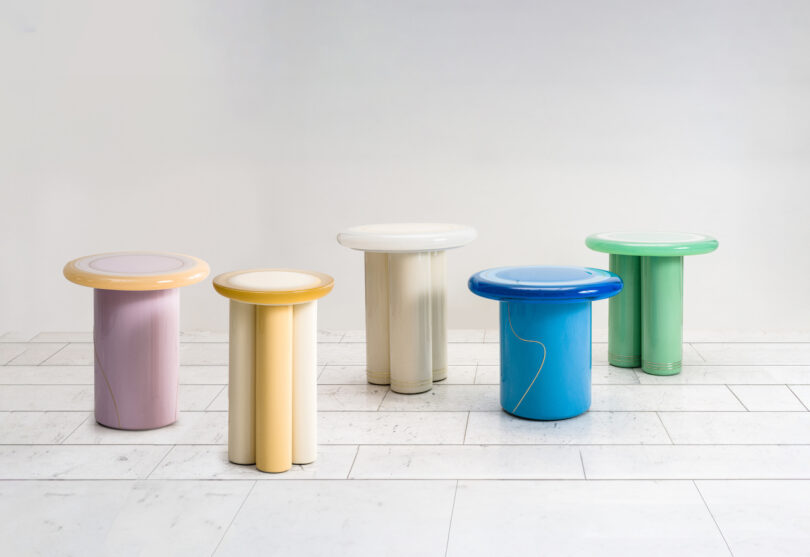
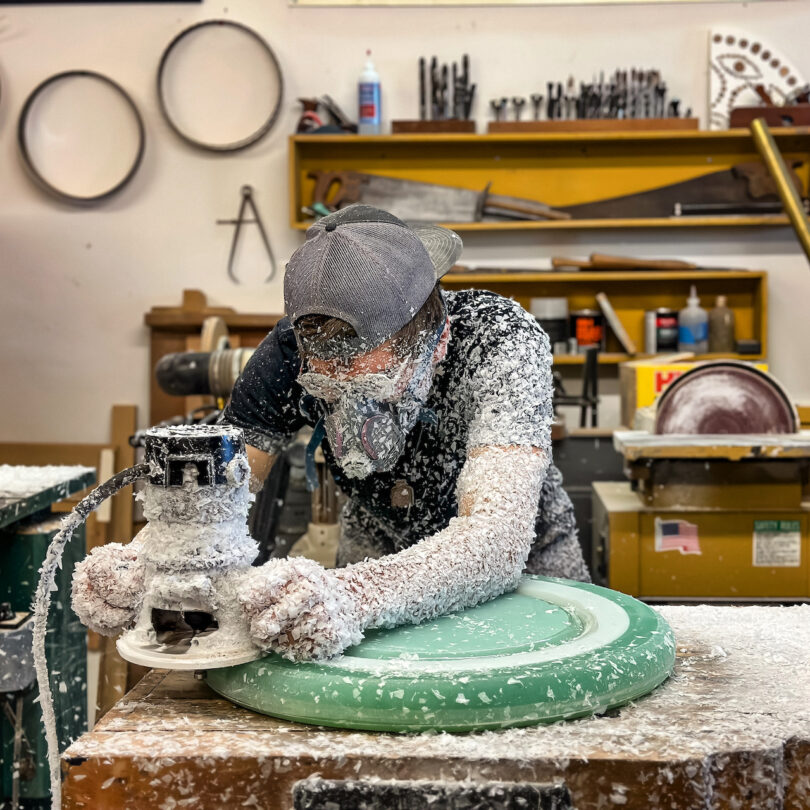
Schapira also showed us a furnishing he sees as indicative of where he’ll head in 2024, a small breakfast table produced for a private client. “This piece actually carries a bronze wire that’s embedded, which is something that you’ll see in a lot of my work – what’s a little newer is how these pieces feature translucent resin,” he says. “The fact that the resin is transparent allows light to carry through the piece, which adds a certain dimension that I haven’t experimented with too much. That’s definitely something I’m going to be doing more of, letting the subtleties of the colors shine through the resin, while letting light really do its thing.” For more, tune in!
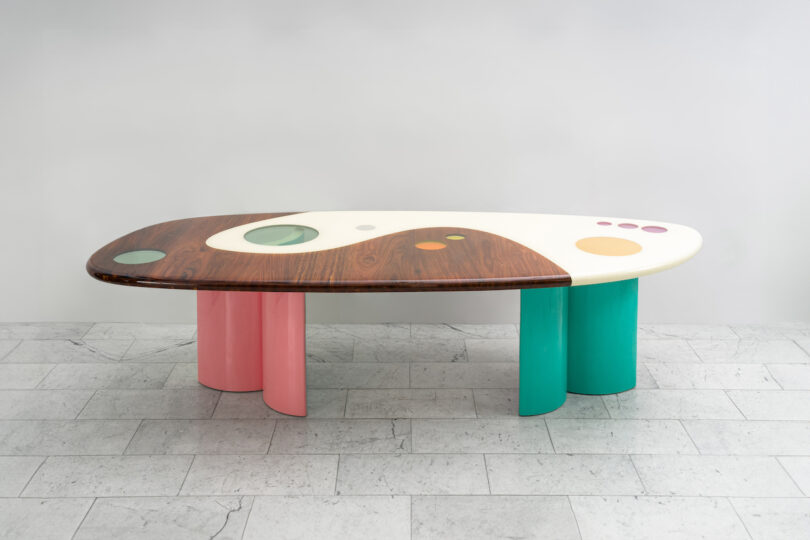
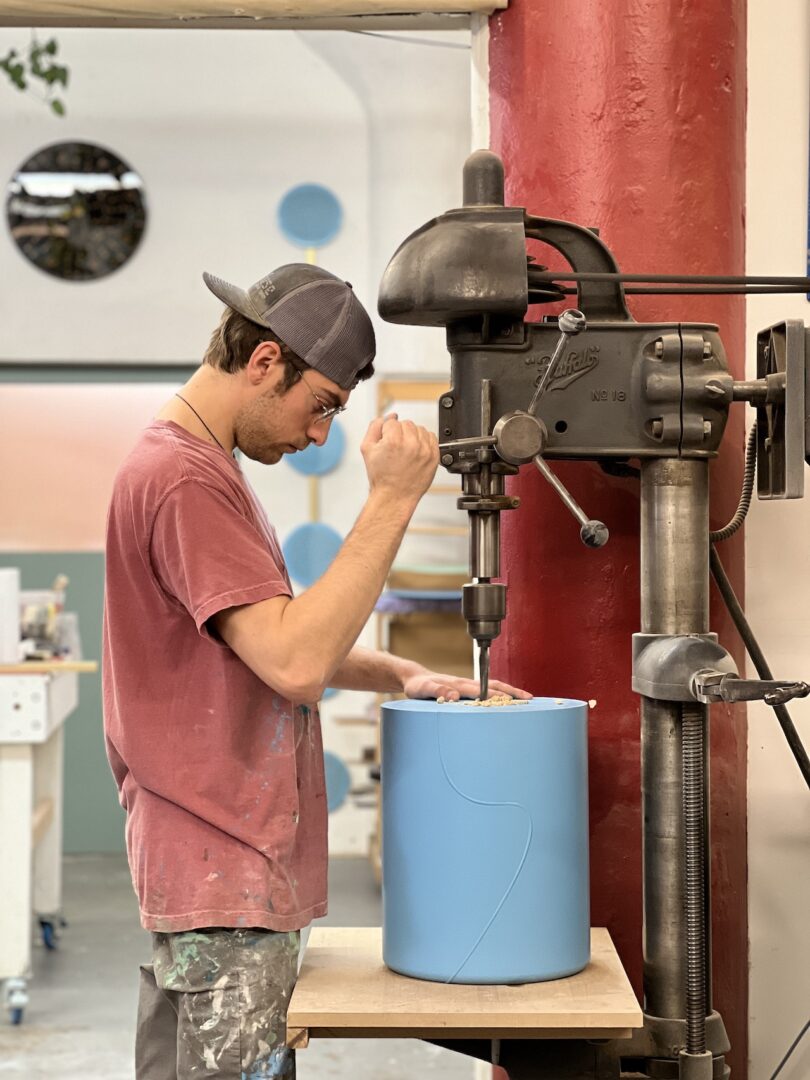
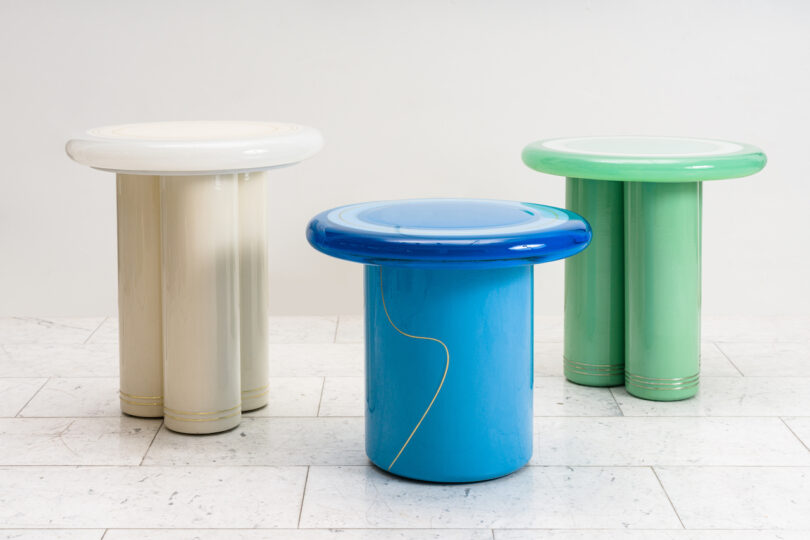
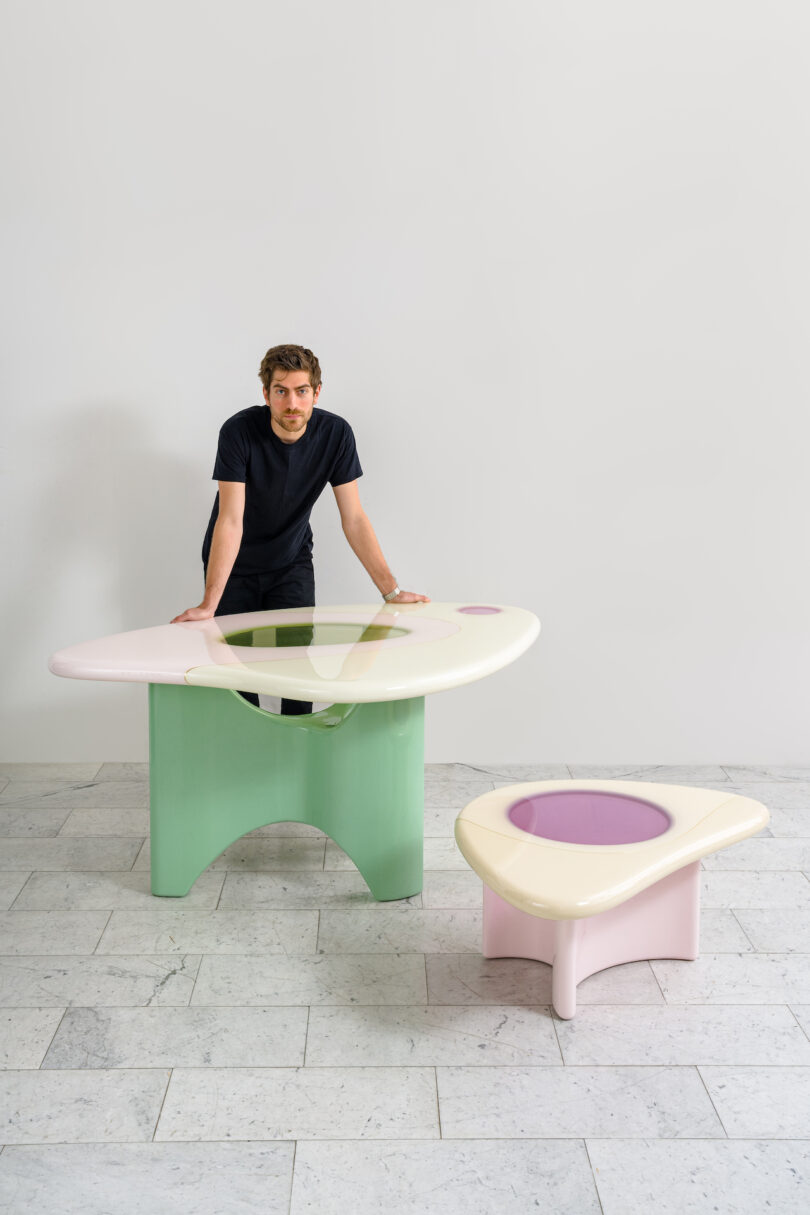
Diana Ostrom, who has written for Wallpaper, Interior Design, ID, The Wall Street Journal, and other outlets, is also the author of Faraway Places, a newsletter about travel.
Milkshake, DMTV’s (Design Milk TV) first regular series, shakes up the traditional interview format by asking designers, creatives, educators, and industry professionals to select interview questions at random from their favorite bowl or vessel. During their candid discussions, you’ll not only gain a peek into their personal homeware collections, but also valuable insights into their work, life, and passions.
